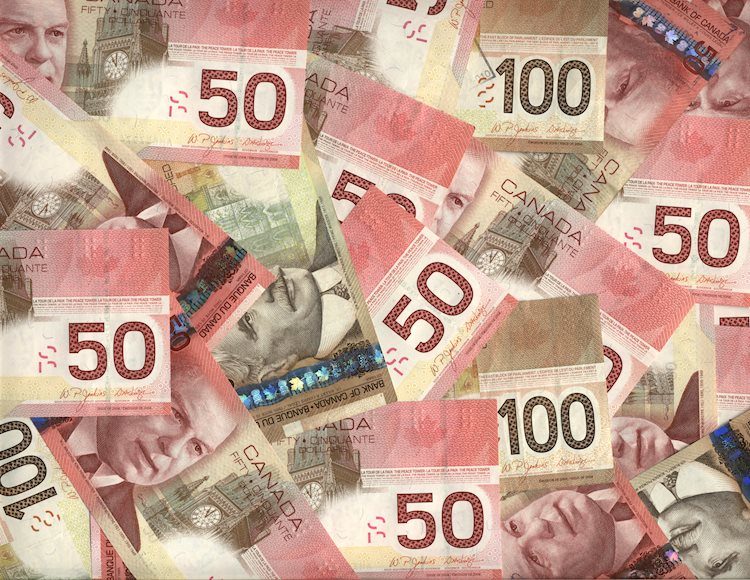The USD/CAD pair is experiencing upward movement as the Canadian Dollar (CAD) faces downward pressure in anticipation of the Bank of Canada (BoC) interest rate decision. With expectations of a significant interest rate cut of 50 basis points at the upcoming monetary policy meeting, the CAD is being influenced by decreasing price pressures, declining labor growth, and household spending. Additionally, lower crude Oil prices are impacting the commodity-linked Loonie Dollar, as Canada is a major Oil exporter to the US.
Last week saw a more than 7% decrease in crude Oil prices due to various factors such as slowing economic growth in China and easing Middle-East tensions. Currently, West Texas Intermediate (WTI) Oil price is trading around $69.00 per barrel. These lower Oil prices continue to put pressure on the CAD, further contributing to the USD/CAD pair’s gains.
On the other hand, the US Dollar (USD) is receiving support as the odds of further aggressive rate cuts by the US Federal Reserve (Fed) are fading. Recent data has shown the resilience of the US economy, increasing the likelihood of a nominal rate cut by the Fed in November. The probability of a 25-basis-point rate cut in November, according to the CME FedWatch Tool, has risen to 99.3%, reflecting this sentiment.
Key factors that drive the Canadian Dollar include the level of interest rates set by the Bank of Canada, the price of Oil, Canada’s economy, inflation, and Trade Balance. Additionally, market sentiment, particularly risk appetite, can influence the value of the CAD. The health of the US economy, as Canada’s largest trading partner, also plays a crucial role in determining the strength of the Canadian Dollar.
The Bank of Canada plays a significant role in shaping the value of the Canadian Dollar by setting interest rates and influencing credit conditions through quantitative easing or tightening. The BoC aims to maintain inflation within a specific range by adjusting interest rates, with higher interest rates generally being positive for the CAD. Higher Oil prices, due to Canada’s reliance on Oil exports, can also impact the CAD’s value, as well as inflation rates and economic indicators like GDP, employment, and consumer sentiment surveys.
Overall, the USD/CAD pair is responding to various factors such as the upcoming BoC interest rate decision, lower Oil prices, and the strength of the US economy. These elements are shaping market sentiment and influencing the movement of the Canadian Dollar against the US Dollar. As the situation continues to evolve, traders and investors will closely monitor developments to make informed decisions regarding their positions in the forex market.











